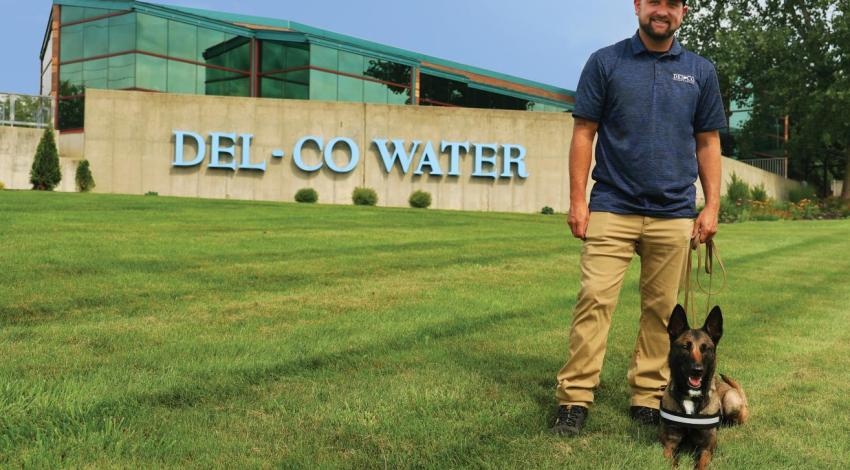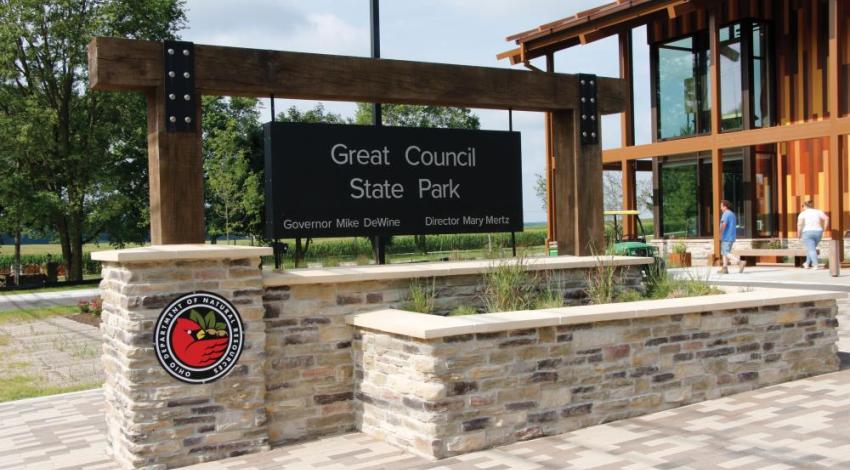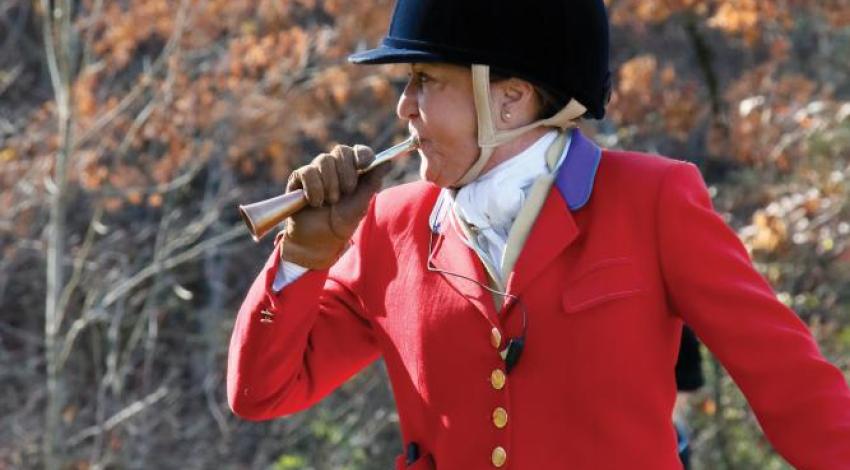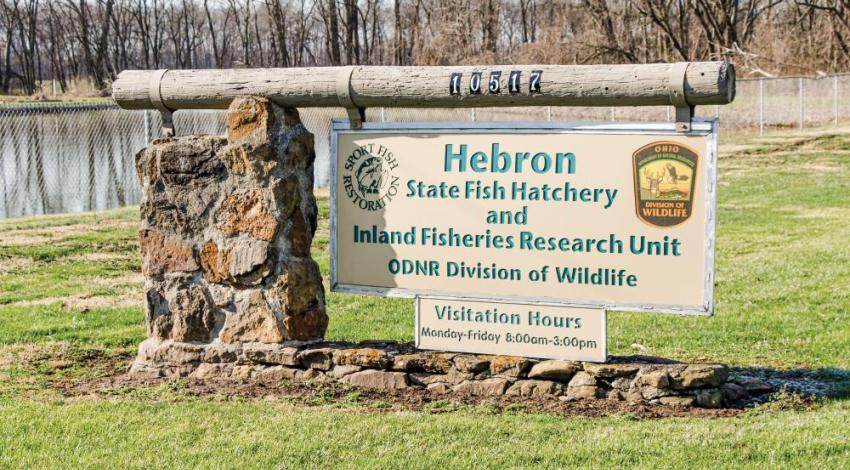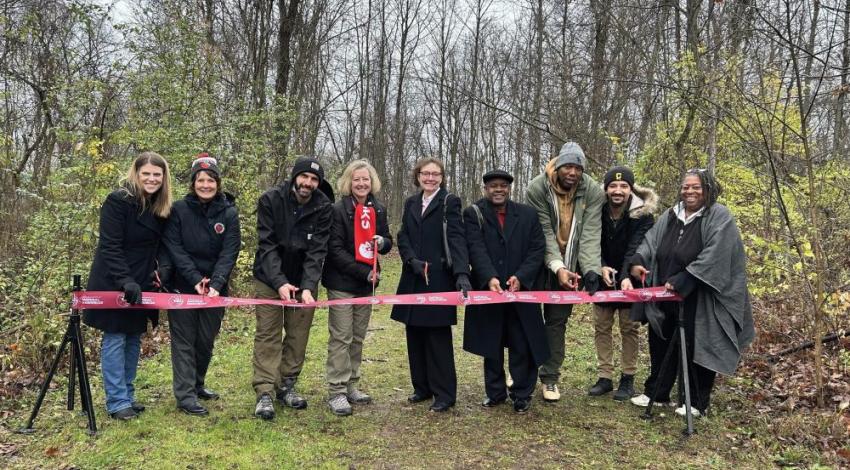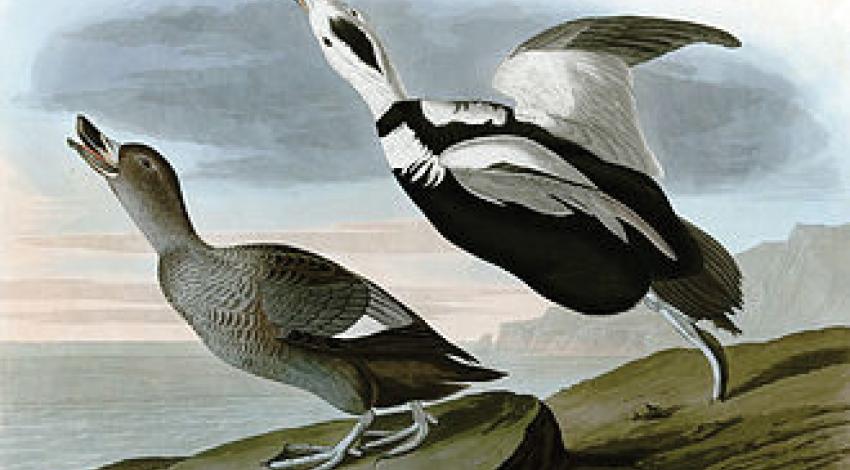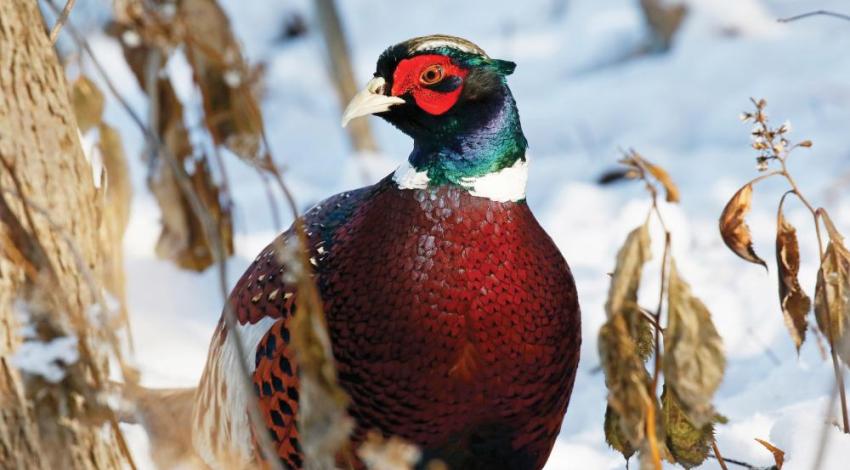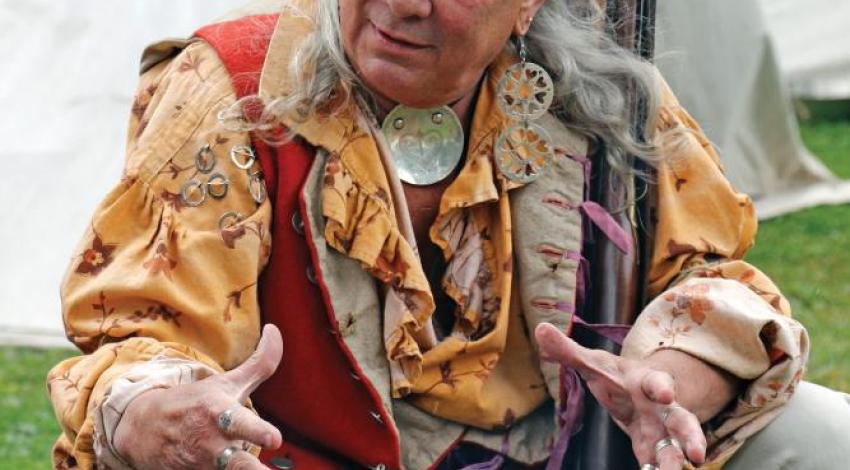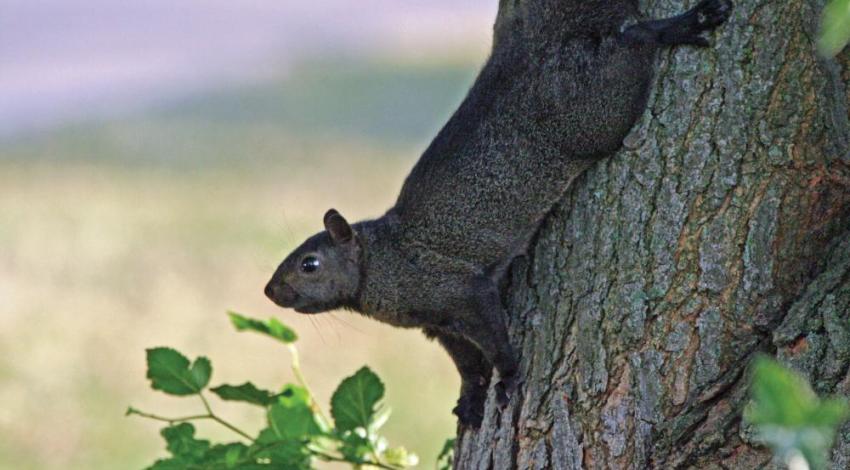A dog’s sense of smell is thousands of times more sensitive than that of a human being. So-called cadaver dogs, for example (working dogs trained to detect human remains), can even locate a drowned victim whose body is still underwater.
“The first water-detection dog in the U.S. began working in Arkansas several years ago,” said Lohr. “That K-9 program proved so successful, and now there are a dozen or more such dogs scattered throughout the country.”
